SUMMARY
This is AI generated summarization, which may have errors. For context, always refer to the full article.
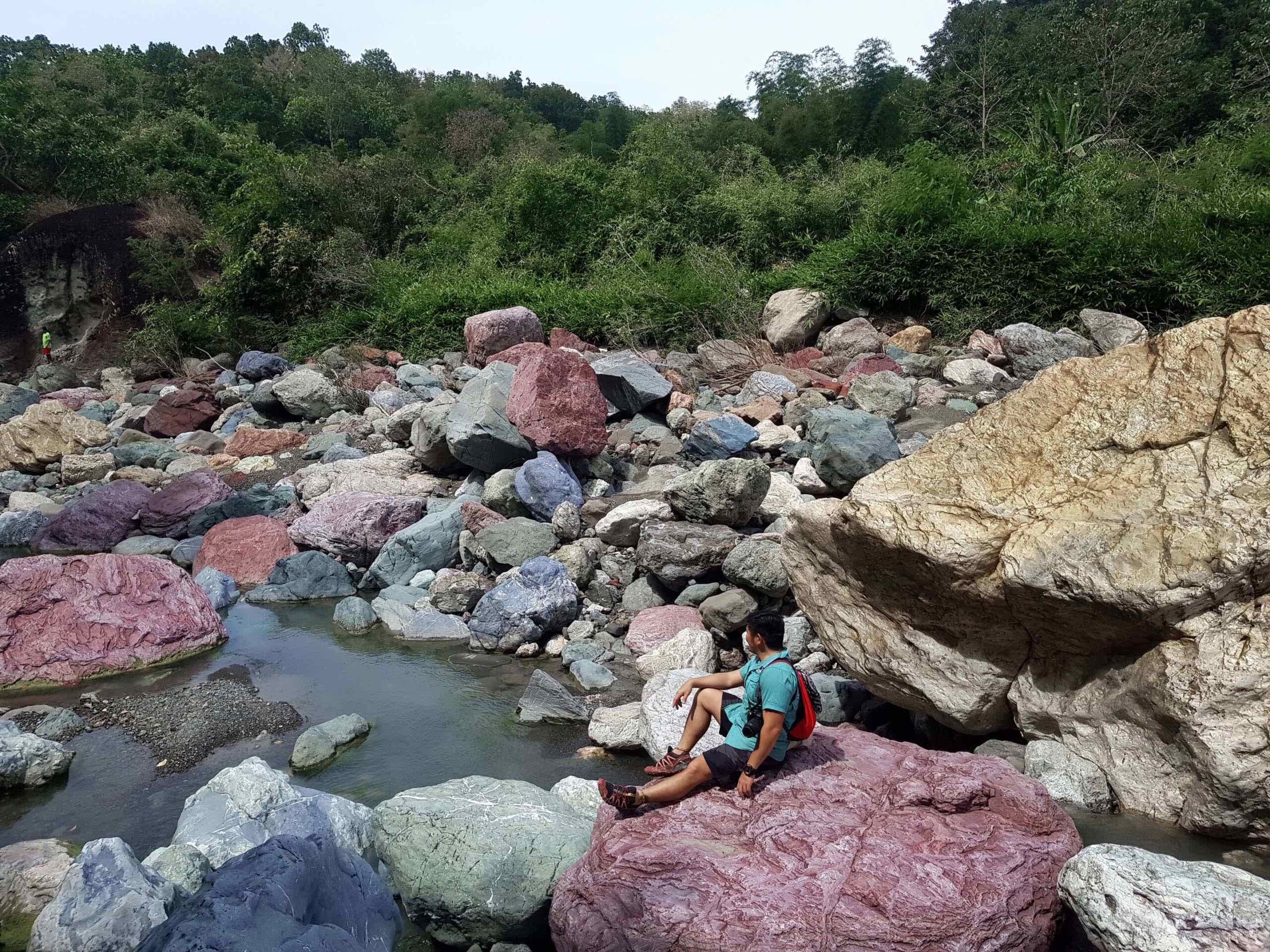
ANTIQUE, Philippines – Just four hours away from the white sands of Boracay island, a 6,778.44-hectare natural park’s unique flora and fauna attract thousands of visitors, providing an economic boost for the Sibalom town.
At the Sibalom Natural Park in western Panay lies the Mau-It River, called Rainbow River for its colorful stones, including semi-precious gems. Stones of all hues crowd on the riverbed.
Regulations befitting its protected area status help conserve natural wealth for future generations.
“The Mau-It River’s colorful stones are a product of ancient volcanic and tectonic movement,” according to geology enthusiast and park management board member Jonathan De Gracia.
“The area is rich in minerals. However, as Sibalom is a protected area, picking of even small stones is not allowed,” he stressed.
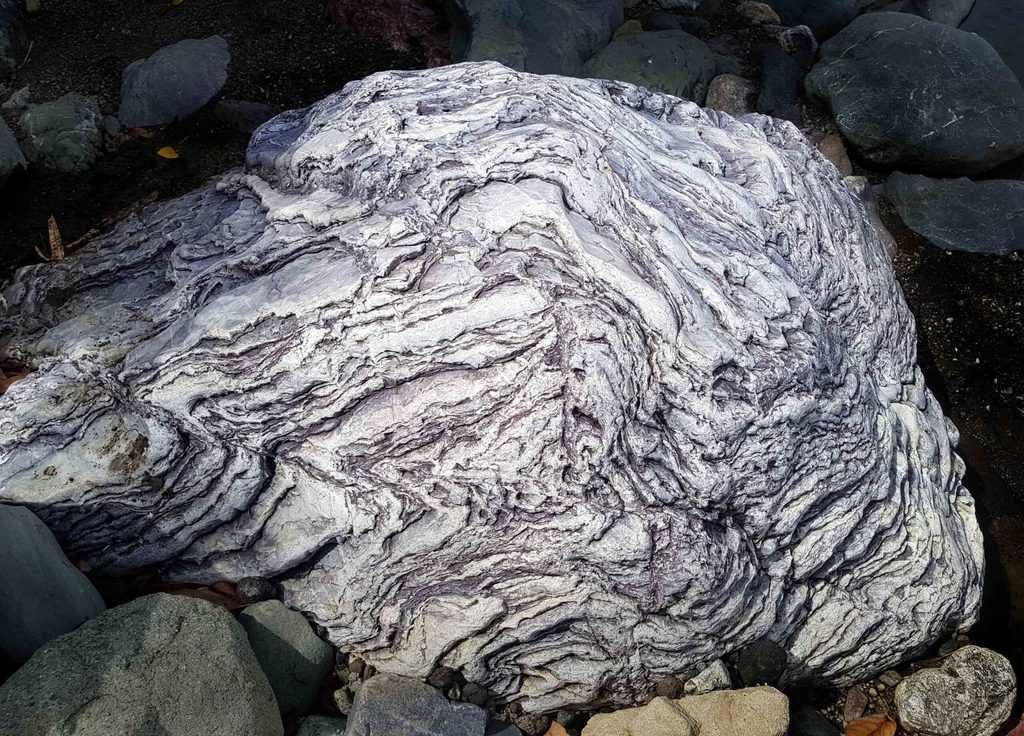
Locals can still legally pick quality stones that have been naturally washed beyond the protected area’s confines and gem-tree souvenirs are popular with tourists.
But the stones are only part of the park’s lush resources.
Sibalom Park Superintendent Anthony Evangelio said the area features the Visayan Spotted Deer and the critically-endangered Warty Pig, Walden’s and Tarictic hornbills, and the giant Rafflesia, known as the largest flower on Earth.

Rafflesia speciosa, which bloom only for a few days a year, are found in the mountains of Sibalom Natural Park. The flowers, discovered in 2002, span up to 22 inches in diameter – not as big as
other Rafflesia species, but still a breath-taking sight.
In the town of San Jose Buenavista, where trekkers jump off for the adventure, tens of thousands of migrating barn swallows roost near the town center, attracted by the insects drawn by the town’s lights.

Economic benefits
Tourism numbers in Sibalom park have bounced back after the COVID-19 pandemic to 11,080 in 2022 from just 6,296 visitors in 2020.
“Western Visayan natural parks and protected areas have so much to offer,” noted Krisma Rodriguez, Department of Tourism Regional Director for Western Visayas. “This summer, we invite everyone to visit not just the Sibalom Natural Park, but our other tourist sites in our region.”
Since last year, tourists have been returning to the country’s Protected Areas.
Philippine parks recorded 2,176,659 visits in 2022, almost thrice the 731,518 visits posted in 2020.
Top draws were the Mabini Protected Land and Seascape in Davao and the Hundred Islands National Park in Pangasinan, each hosting over 300,000 visitors.
“We’re happy to see eco-tourists returning to our Protected Areas,” said DENR Biodiversity Management Bureau Director In concurrent capacity as Assistant Secretary for Policy, Planning and Foreign-Assisted and Special Projects Marcial Amaro, Jr.
“Ecotourism helps promote biodiversity conservation in our national parks. It generates and sustains funds for the upkeep of our Protected Areas,” he added. “We’re honored to host responsible tourists who might enhance their love for the environment by enjoying the natural beauty of our country and by supporting programs and activities inside our Protected Areas.”

Launched in May of 2022, the Year of the Protected Areas or YOPA is a yearlong campaign not just to educate people on the need to conserve Philippine protected areas, but to encourage them to visit the sites themselves.
Ending this June 2023, YOPA hopes to generate funds from tourism to ensure continued management for areas hard-hit by the lack of visitors during the two-year COVID pandemic.
“We hope that a fresh generation of visitors can help us better manage and protect our rainbow rivers, lush forests and beautiful coasts,” said Anabelle Plantilla, project manager of joint program of the Department of Environment and Natural Resources (DENR) and the United Nations Development Programme – Biodiversity Finance Initiative (UNDP-BIOFIN).
Add a comment
How does this make you feel?





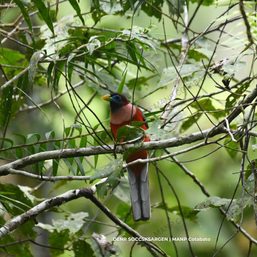
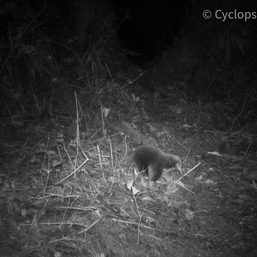
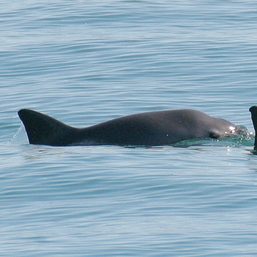
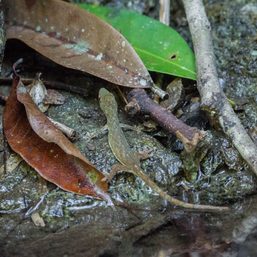
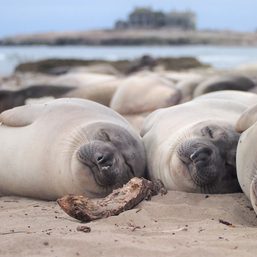










There are no comments yet. Add your comment to start the conversation.